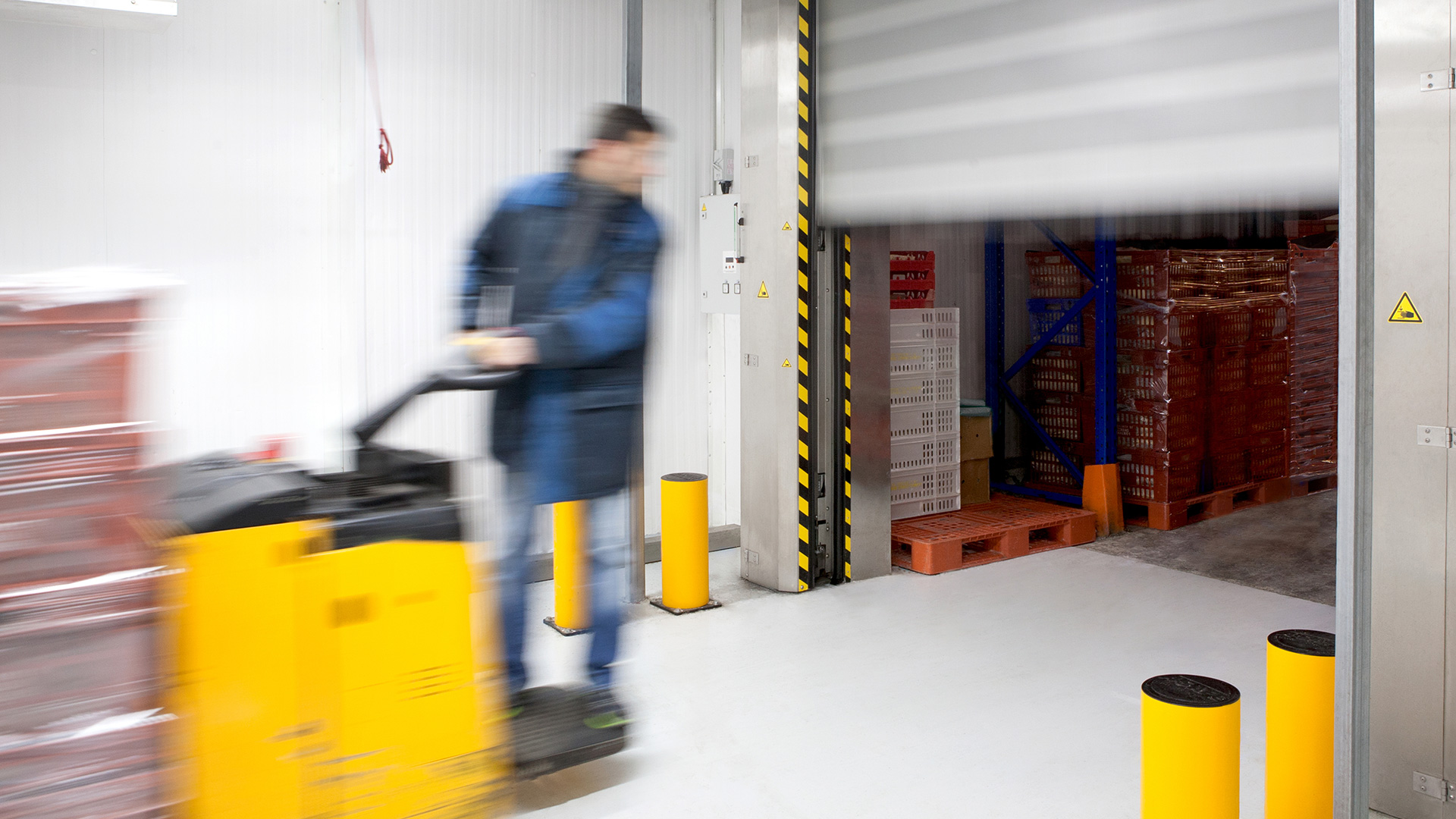The COVID-19 pandemic didn’t just shift how we work — it completely redefined it. While sectors like tech and finance easily moved to remote models, industries like logistics and warehousing faced tougher questions. How do you manage physical spaces and inventory when the world is working from home? The pandemic pushed warehouses to rethink their strategies, leading to a wave of innovation that continues to shape the industry today.
The Backbone of Remote Warehouse Management
When the pandemic forced physical spaces to shut down or reduce staff, warehouses had to lean into technology — hard. Cloud-based Warehouse Management Systems (WMS) became the command centers for remote managers, providing real-time data on inventory, shipping, and storage from any location. With a simple internet connection, managers could oversee entire operations without stepping foot inside a warehouse.
But it wasn’t just about cloud software. Automation played a starring role. Autonomous forklifts, AI-driven robots, and drones became more than futuristic concepts — they became necessities. Amazon, for example, scaled its use of AI-powered robotic arms for sorting products, boosting efficiency while minimizing human contact. IKEA took it a step further by deploying drones to perform stock counts, saving time and cutting down on errors.
Here’s where it gets interesting: according to a 2023 study by McKinsey, warehouses that adopted automation during the pandemic saw a 25% increase in efficiency compared to those that didn’t. That’s not just a slight bump — it’s a game-changer.
And let’s not forget the rise of remote roles within warehouse operations. Data analysts, logistics coordinators, and supply chain strategists found they could perform critical functions from home, diving into real-time data streams to optimize routes, manage inventory, and solve bottlenecks — all without lacing up steel-toed boots.
Challenges of Remote Work in a Physical World
Of course, it hasn’t been all smooth sailing. Warehouses are, by nature, physical spaces, and there are limits to what can be done remotely. Equipment malfunctions still require someone on-site, and unexpected events — like delayed shipments or supply chain disruptions — often call for quick, hands-on fixes.
Another hurdle? Communication. Bridging the gap between remote managers and on-site workers requires strong digital tools and clear communication protocols. Collaborative platforms like Slack, Microsoft Teams, and specialized logistics software became lifelines, keeping everyone on the same page.
But even with all these tools, cultural shifts were necessary. Remote managers needed to trust on-site staff, while warehouse workers had to adjust to having supervisors who weren’t physically present. It’s like trying to run a kitchen when the head chef is Zooming in from home — tricky, but not impossible.
The Future: Hybrid Warehouses and Smarter Operations
So, what does the future hold? Hybrid models are quickly becoming the gold standard. Warehouses are blending on-site operations with remote oversight, finding the sweet spot between human expertise and automated efficiency.
These hybrid warehouses rely on a mix of tech-driven solutions and human intuition. While robots handle repetitive tasks like sorting and stacking, humans manage strategy, problem-solving, and oversight — often from remote locations.
This model offers flexibility, scalability, and resilience. In times of crisis — like a pandemic or supply chain disruption — remote capabilities allow operations to keep moving. But even in calmer times, this approach helps companies reduce costs, streamline workflows, and tap into a broader talent pool.
Companies investing in upskilling their workforce — training on-site staff to work alongside AI tools and equipping remote managers with advanced analytics — will have a major edge. The goal? Smarter, faster, and more adaptable warehouse operations.
The shift toward remote work in warehouse operations wasn’t just a temporary response to COVID-19 — it was the beginning of a broader evolution. Technology, automation, and data analytics have opened doors to remote management that were barely considered before the pandemic. While challenges remain, the future of warehousing is clear: hybrid operations that balance the best of both worlds.
As the saying goes, “Necessity is the mother of invention.” And in the world of logistics, COVID-19 proved just that — sparking innovations that are here to stay.





